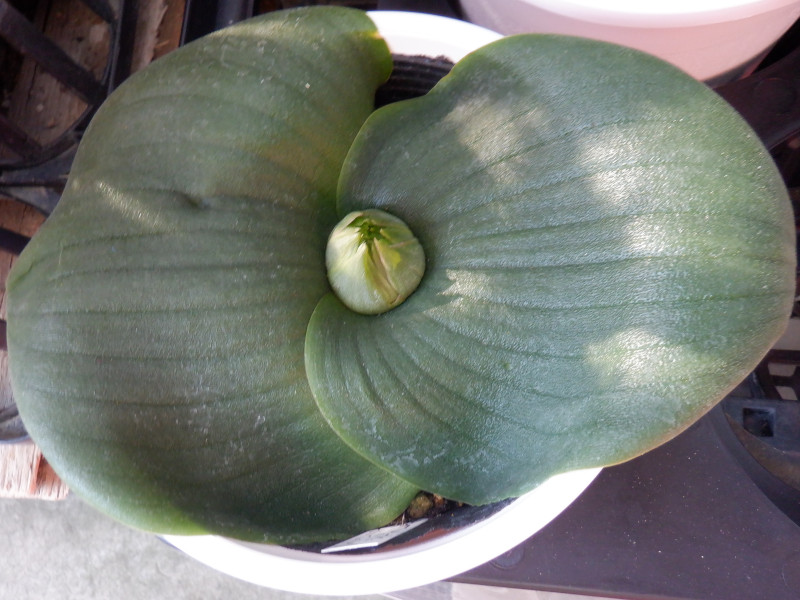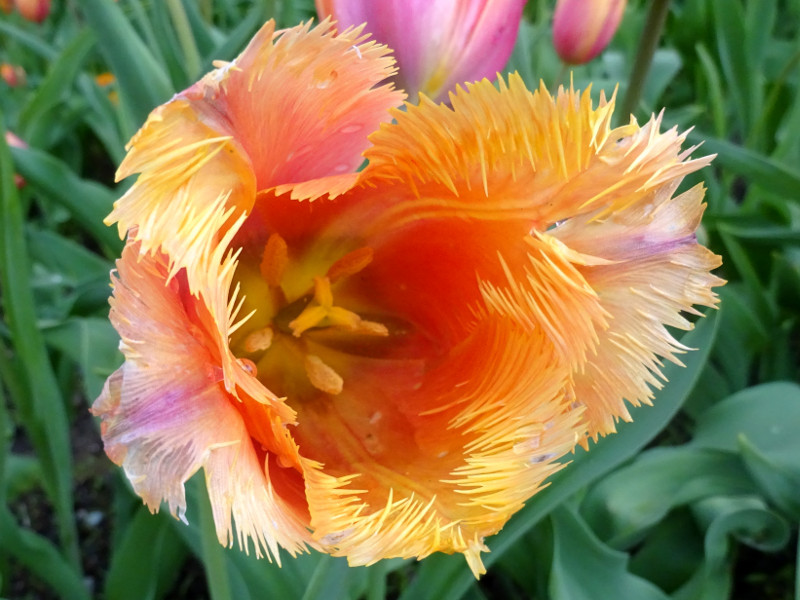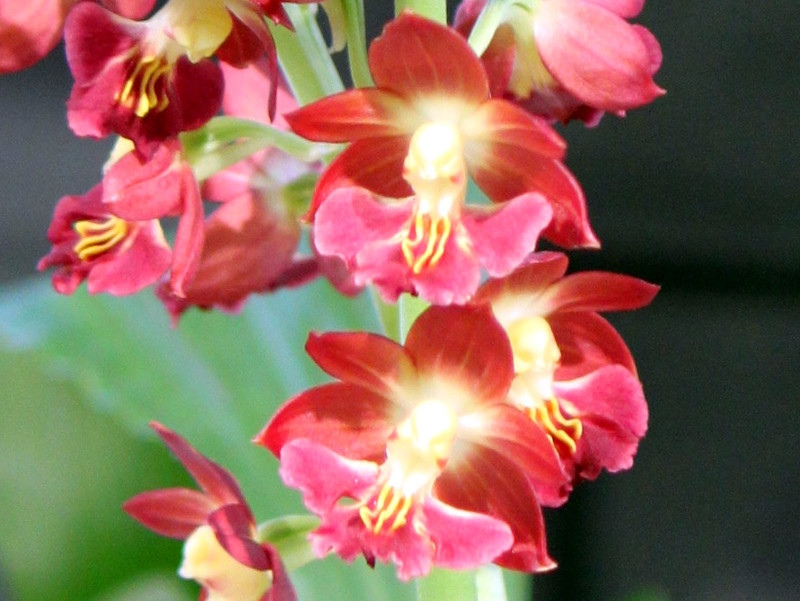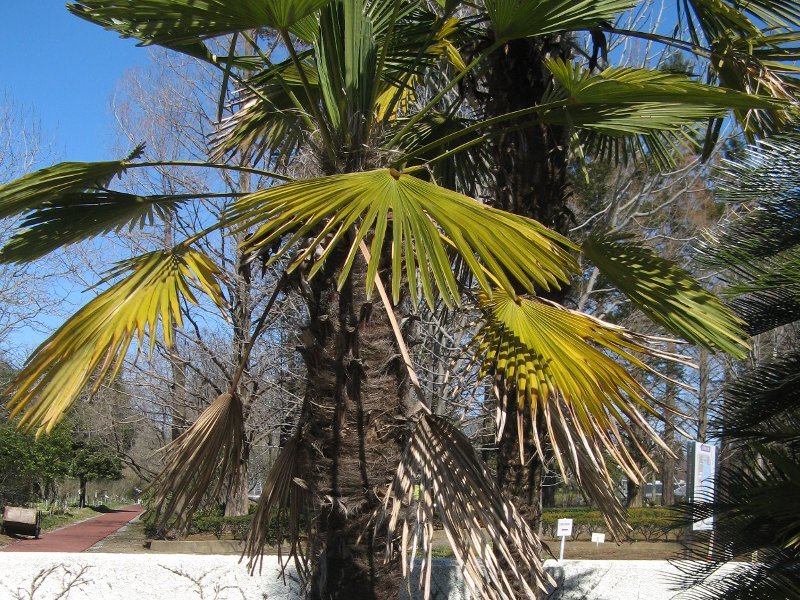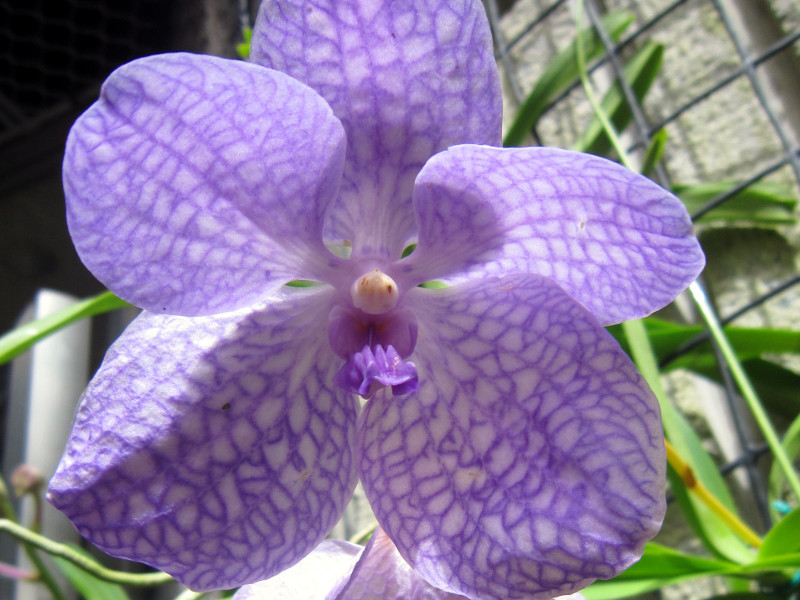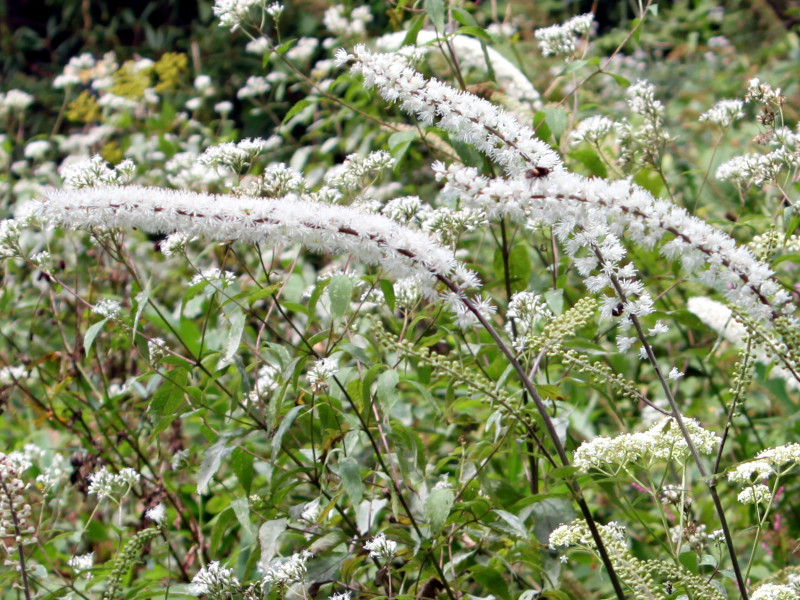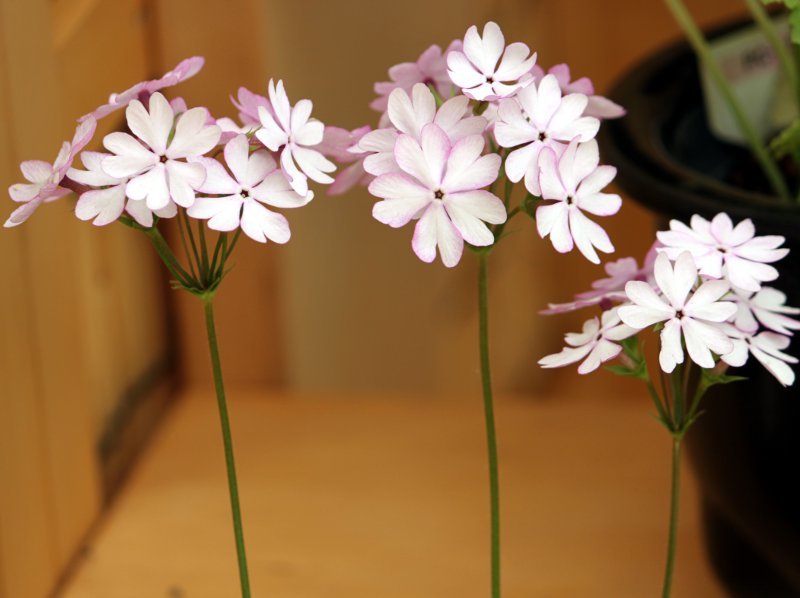Massonia longipes
- Flower nameMassonia longipes
- Scientific nameMassonia
- Alias
- Place of originFrance, garden variety
- Place of floweringGarden, Botanical Gardens, Park, Horticultural species, Potted flower
- Flowering seasonJanuary, February, December
- Language of flowersLove beyond the sorrow
What is Massonia longipes
Massonia is a bulbous succulent plant endemic to South Africa, belonging to the family Asparagaceae and the genus Massonia. Since its native habitat in South Africa experiences hot and dry summers, the plant goes dormant during summer, shedding its leaves.
In autumn, two large, flat, oval leaves emerge opposite each other from the bulb and lie close to the ground. Some leaves have a textured surface with ridges and grooves.
In winter, flower buds develop in the center of the leaves, and the plant produces unique blooms from December to February.
The flowers are characterized by prominent, elongated styles (stamens), with anthers at the tips that vary in color depending on the species, such as yellow or purple. The flowers resemble those of Haemanthus.
From February to March, successfully pollinated flowers produce seeds enclosed in red pods. Pollination differs between species: Massonia longipes can self-pollinate, while Massonia depressa (commonly known as Hedgehog Lily) relies on rodents for pollination.
The photograph features Massonia longipes.
Origin of the Name
The genus name "Massonia" honors Francis Masson, a Scottish botanist, horticulturist, and the first plant hunter of the Royal Botanic Gardens, Kew.
Common Name: Massonia
Scientific Name: Massonia
Origin: South Africa
Habitat: Cape Province, etc.
Living Environment: Arid regions
Growth Type: Bulbous succulent plant
Classification: Order Asparagales, Family Asparagaceae, Genus Massonia
Bulb: Light brown with a papery or leathery outer skin
Leaf Emergence: Autumn, Leaf Texture: Smooth or textured, Number of Leaves: 2, Leaf Shape: Elliptical, Leaf Length: 10–13 cm
Leaf Color: Green with or without patterns, Leaf Arrangement: Opposite
Flowering Period: December to February, Flower Duration: 1–2 weeks, Inflorescence Type: Raceme
Flower Shape: Bell-shaped/tubular (with style), Flower Colors: White, green, yellow, pink
Seed Color: Black
Fruiting Period: February to March
Pollinators: In the case of Massonia depressa (Hedgehog Lily), rats are primary pollinators. Some varieties are capable of self-pollination.
Related Page:
Massonia


